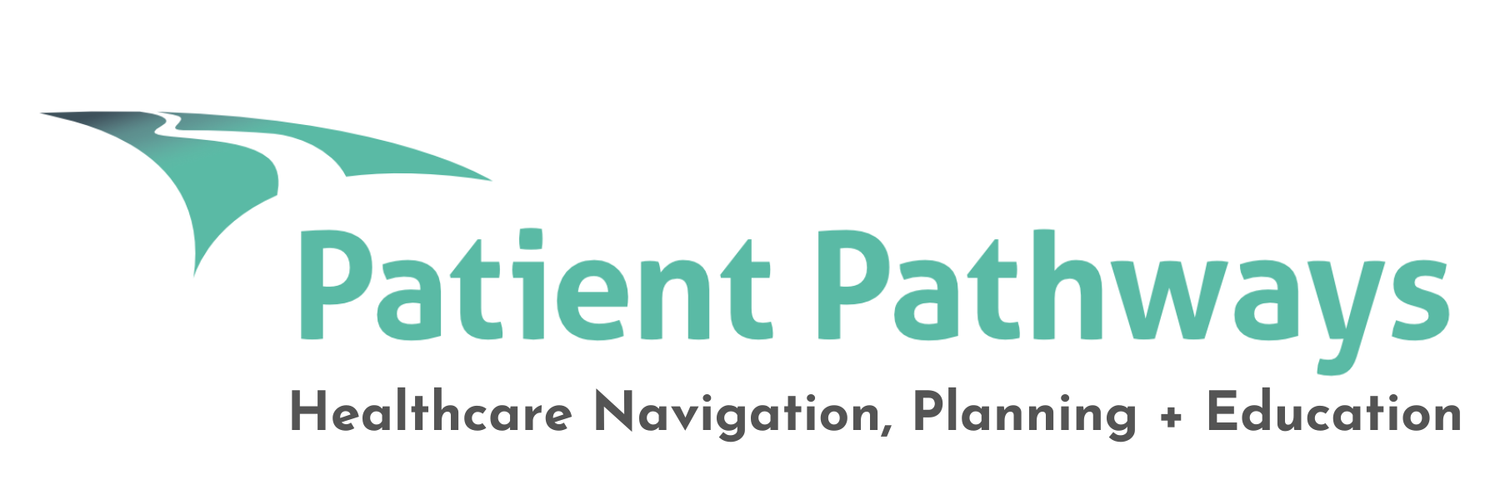Care in the Community: Doctors & Specialists
It's harder than ever to see our family practitioners in a timely manner, and seeing a specialist can take months. It is essential to go into appointments prepared. Being proactive and assertive can make the difference between rapid care, undue pain and suffering... and even death.
This is a comprehensive guide to better communication and faster access to care.
Everywhere you go, pack your Communication Skills
Primary Care Providers
We use the terms General Practitioner (GP) and Family Physician interchangeably, and with Nurse Practitioners entering the field in increasing numbers, it is recommended that we change our vocabulary yet again to Primary Care Physician or Primary Care Provider (PCP).
Absolutely every person needs a Primary Care Provider (PCP). They are the entry point and hub for almost all other health care. They send us for testing and diagnosis, write prescriptions, manage our medications, refer us to specialists, and receive all of our consultations and reports. They are the interpreters of information from our specialists. Seeing our PCP promptly can mean the difference between health and suffering and, sometimes, life and death.
More than one-third of British Columbians—more than one million—don’t have a family practitioner. This situation is causing patients incredible stress and massive stress on the entire healthcare system. Our Emergency Departments are overflowing with patients who could have been treated by their Family Physician if they had one, or seen them quickly.
Nurse Practitioners (NPs) are also PCPs
Nurse Practitioners (NPs) have received advanced education and competencies in nursing practice. They generally hold a Master's degree in Nursing or higher and have specific training and practicum experience in their chosen area of specialization. NPs work in various settings, including community practice, acute care settings (such as hospitals), residential care, and mental health.
Until a few years ago, NPs were primarily employed in rural communities, often working alongside a Family Practitioner. However, their numbers and scope of practice have increased dramatically over the last decade in response to the extreme shortage of Family Physicians.
They work in clinics with family practitioners and other NPs, or they can work independently in nurse-practitioner-only clinics.
NPs are paid by salary and are employees of the clinic where they work. This arrangement generally allows NPs to spend more quality time with their patients.
NPs can perform all of the same patient care that a Family Practitioner provides:
Diagnosing
Medication management and prescribing
Referrals to other healthcare professionals and specialists.
Walk-in & Urgent Care Clinics
When you don’t have a PCP, often the only choice is to go to a walk-in or urgent care clinic.
Get to know where the clinics are in your area. Ask about their policies, particularly around wait times and wait lists:
Do they have a booking site?
Can you call to add yourself to the list? The capacity for patients for the day is often filled early, and notifications are frequently updated on their voicemail messages.
What is their policy regarding having you as a regular walk-in patient? This means that you are considered a clinic patient but not any particular doctor.
Do they have a waitlist for doctors who will permanently take on patients?
Urgent and Primary Care Centres are available in many communities across British Columbia as part of the Province’s Primary Care Strategy. UPCCs are regularly being launched across the province.
Find an Urgent or Primary Care Centre. Keep checking their page for more updates.
Find a Primary Care Provider: Register with the Health Connect Registry.
Further Reading
Nurse Practitioner: Definition of Terms – Government of BC
Primary Care Strategy - Government of BC
Physician Specialists
If the future of your health depends on seeing a specialist: Be proactive… Be assertive.
Wait times to see a specialist can be several months to a year or more.
Specialists ‘triage’ (sort) based on the information they receive. The more information your doctor puts on the referral form, the better. If it’s “Urgent” or an “Emergency” to see a specialist, ask your PCP what information they provided to support that.
Find out who your referral was sent to. If you haven’t heard anything within a week, check with your doctor to ensure the referral was sent and to whom it was sent – even if there is a message that you will be contacted in several months. Or ask your doctor to confirm the referral went through.
If your condition worsens while waiting to see the specialist, ask your PCP to update the referral information and do not hesitate to call the specialist’s office directly and leave a message, something like this:
“This is John Smith. My Health number is 9100 555 311. I was referred to your office on March 1st. I am having more severe symptoms more frequently. Please put me on your cancellation list and let me know if there is a way I can be seen any sooner. My phone number is…”

